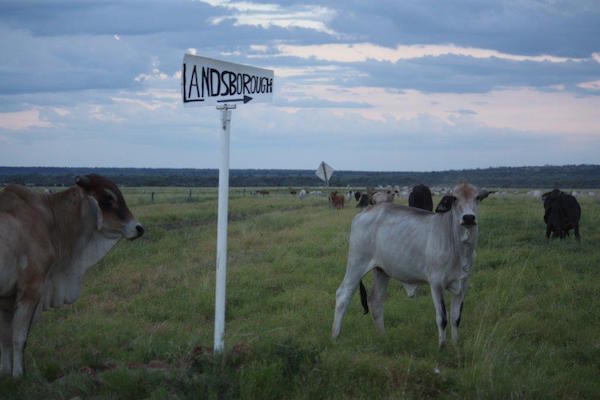The life of the Lindsays
Host: Jim and Terry Lindsay
Written by Anna Tickle.
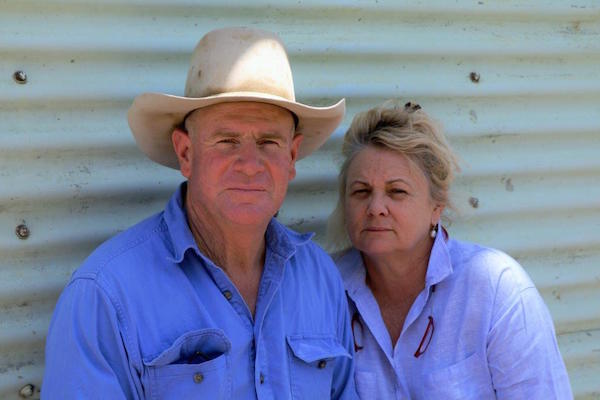 This week’s blog hosts, Jim and Terry Lindsay.
This week’s blog hosts, Jim and Terry Lindsay.
I begin my chat with Jim and Terry Lindsay in what is the customary way for people in the bush to greet each other.
“It’s raining here, Jim,” I say. Then, referring to Hughenden in North West Queensland, where Jim and his wife Terry Lindsay’s two properties are, I ask, “What’s it looking like up your way?”
“Well it’s still pretty dry here, Anna,” he replies, and if you didn’t know how to read between the lines when a cattleman speaks of tough times, you might just think it didn’t phase him.
He tells me it’s not worth getting caught up about – it comes with the territory – and besides, he’s been there long enough to know the cycle, having grown up on a two million-acre cattle property in far south-west Queensland. Plus, as you’ll see below, when it’s good, it’s good, and at those times people like Jim know it’s well worth it.
Jim’s got some interesting insights, and paired with his great ability to communicate authentically he tells a story you’d be silly not to listen to.
The blogs to follow aim to give you a look-in to the goings-on of Jim and Terry.
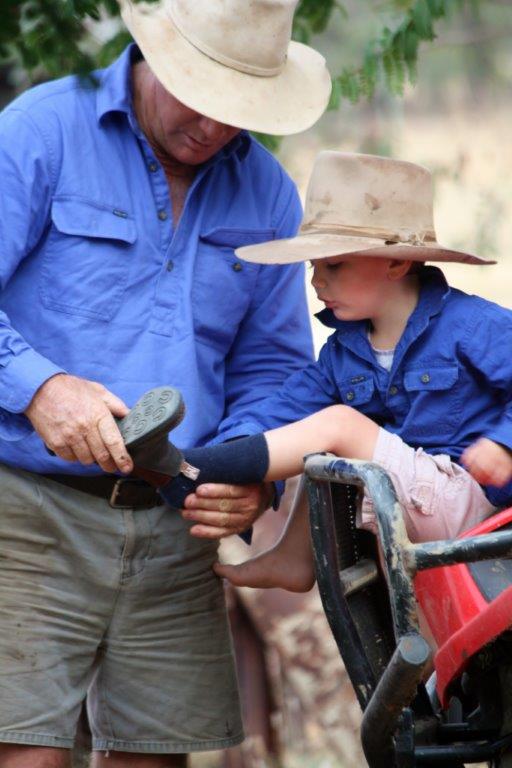 Jim with grandson Hunter.
Jim with grandson Hunter.
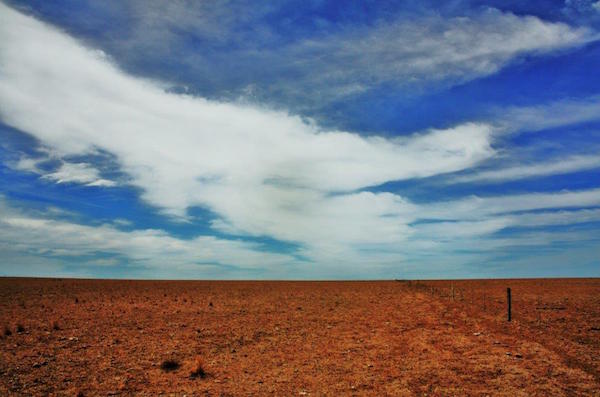 Landsborough.
Landsborough.
Kentle and Landsborough, 12,000 hectares each, are the two properties where Jim and Terry trade and run anywhere up to five thousand head of Brahman cattle in an average season.
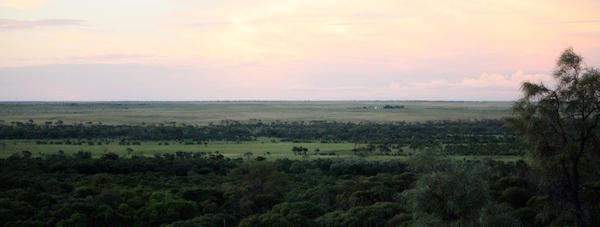 Kentle.
Kentle.
Kentle was purchased in 1994, while the adjoining Landsborough was bought 12 years later. Both properties are under cell and rotational grazing for grass management, with a mixture of open downs Flinders and Mitchell grass, pulled buffel country with spurs of ironbark and spinifex grass.
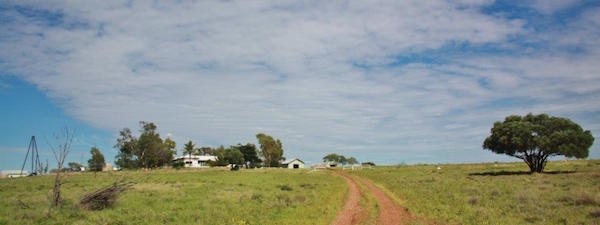 Landsborough from the East.
Landsborough from the East.
Jim and Terry have certainly developed the properties with long term goals in mind, something they say is vital for livestock production in Queensland. Jim says, “first and foremost, we are grass farmers” – one of the premises of KLR Marketing (which will be a feature later in the week).
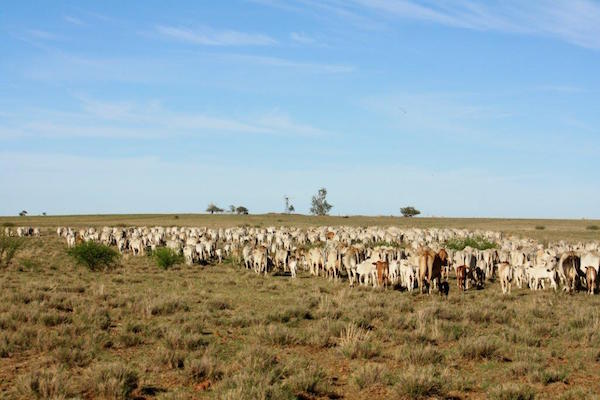 Moving cows and calves on Landsborough in 2012.
Moving cows and calves on Landsborough in 2012.
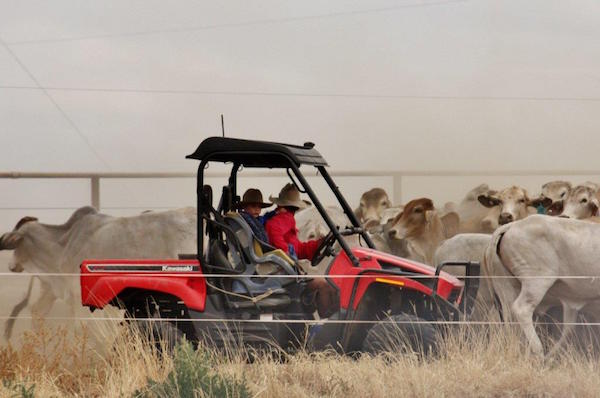 Steven (son in law) yarding up.
Steven (son in law) yarding up.
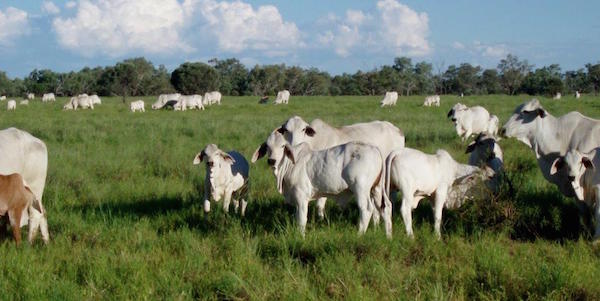 Brahman cows and young bulls at Landsborough.
Brahman cows and young bulls at Landsborough.
Jim and Terry are straight down the line with their approach to livestock production, and for the past thirty years they have focused heavily on breeding fertile, medium-framed animals with a good temperament. These animals must do well in their environment and ultimately bring profits.
The Brahman breeders must wean a calf every year on a 60-day mating season. According to Jim, not focussing on basic elements like fertility has cost the industry over the past couple of decades.
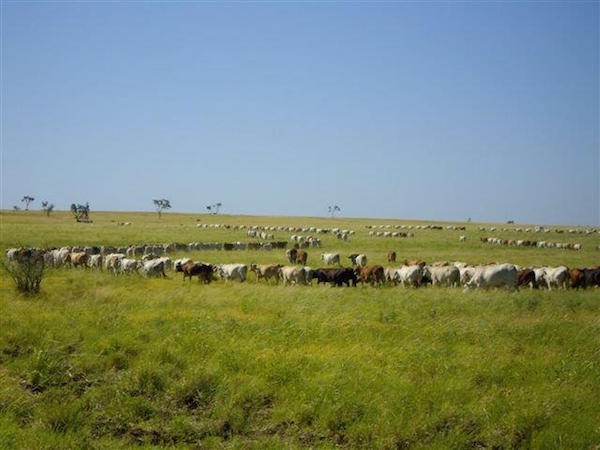 A cell change at Kentle.
A cell change at Kentle.
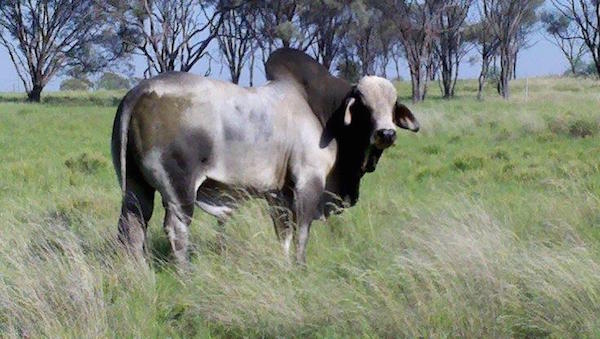
Family is an important aspect of life for Jim and Terry. Their three grown daughters Sasha, Shona, and Angela, and their respective families, each share a connection with the properties.

Not only that, but everything that gets done on the two properties is done by family, from fencing, to stockwork, to cleaning dams.
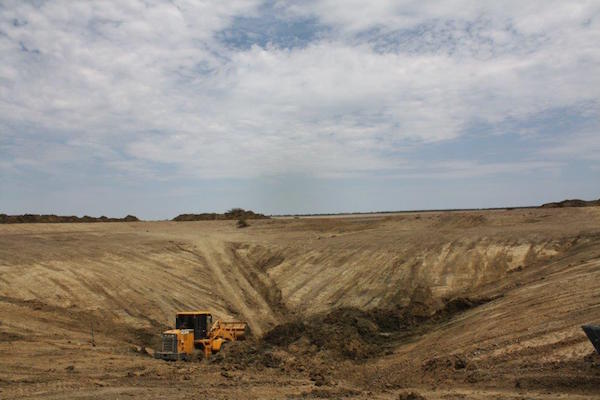
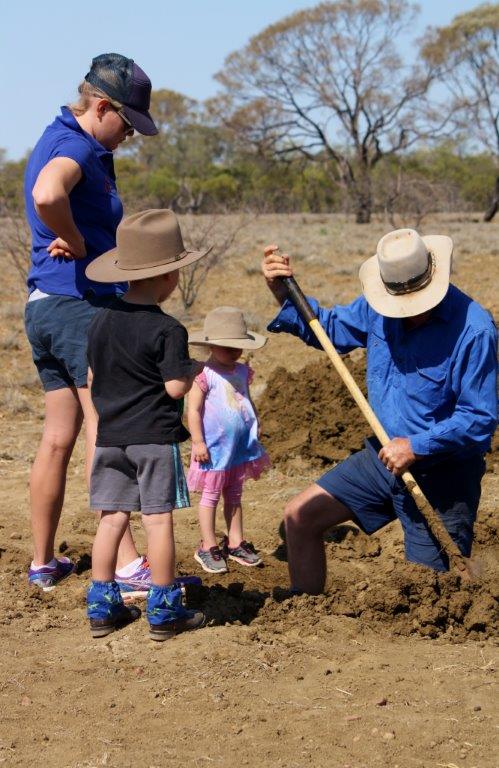
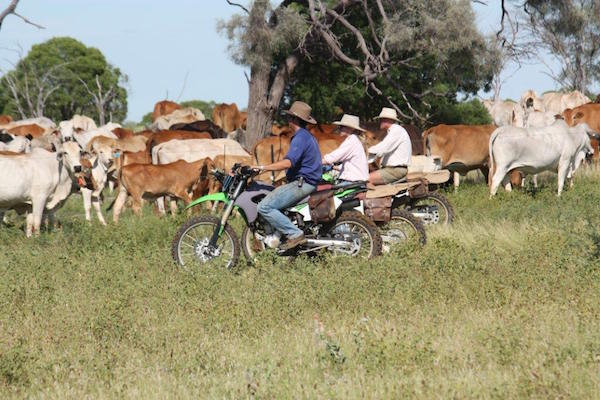
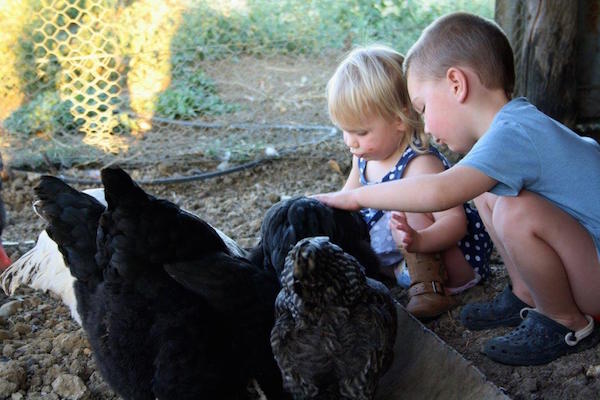
The youngsters are clearly winning hearts, but you can be sure that they too are learning that to live on the land means work. At four-and-a-half, the eldest grandchild is already helping with mustering.
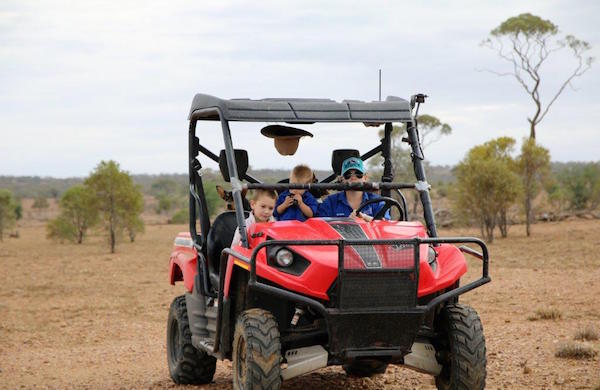
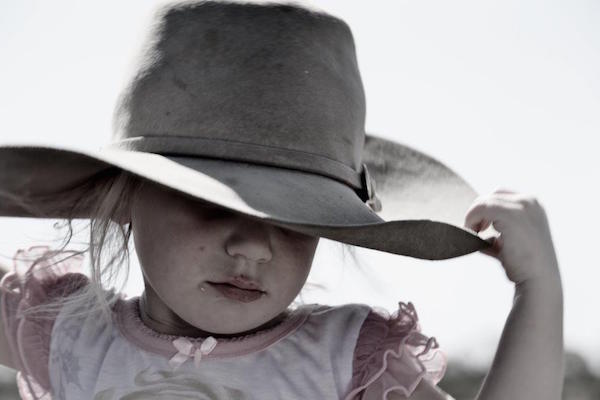
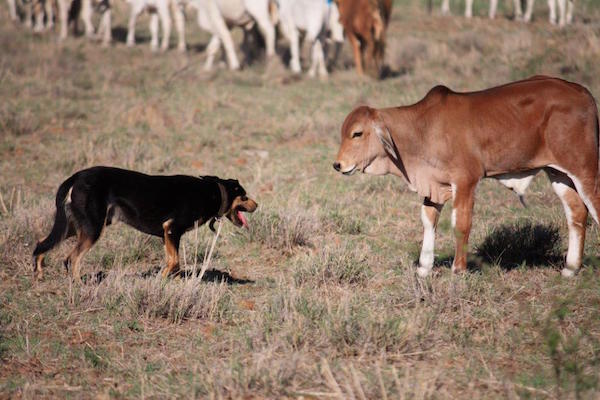
But it’s not hard work all the time, and the kids are quickly finding out the perks of spending time on the properties.
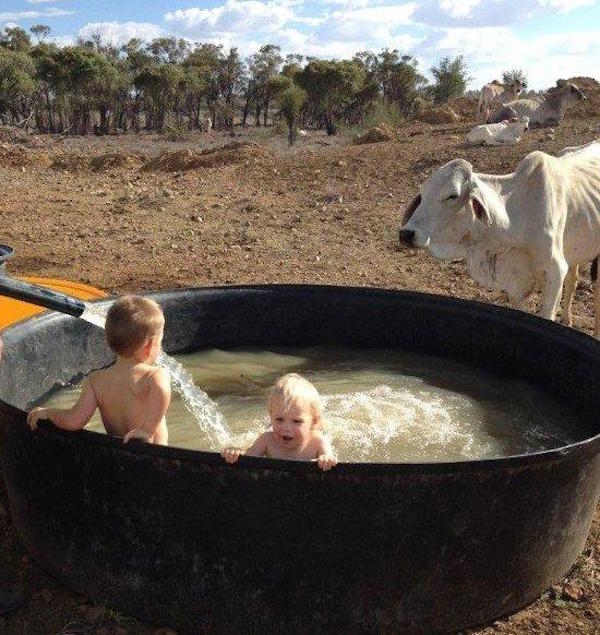
Jim says there’s something about farming that really hooks people in.
“As a family on the land, we tend to focus on the good things, because that’s what keeps us going,” he says.
But he points out that until people get diligent about their business skills and making a profit, they won’t be able to make it through the difficult times.
The next blog will shed some light on what makes up a crucial part of the way Jim manages his livestock – Low Stress Stockhandling (LSS) – and what sees him travel far and wide to pass on an important and resounding message.
